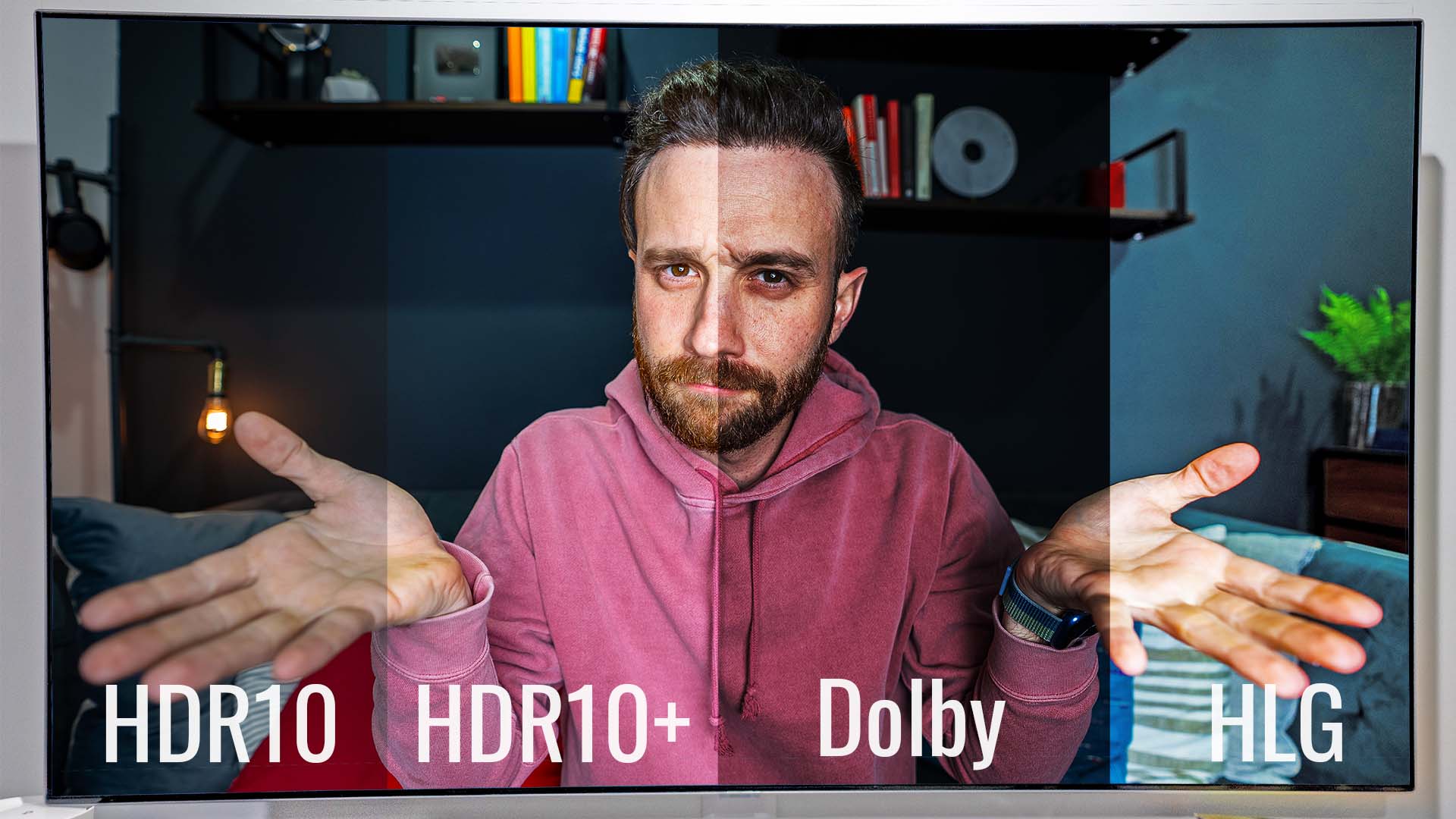Samsung’s 2018 QLED TVs Complete Walkthrough
During an event in NYC, Samsung launched their new lineup of QLED, top-of-the-line TVs and I have to admit, they look damn sexy, have up to 8K upscaling on certain models, my favorite new feature ambient mode (which we’ll get to) and more. I got to spend a little time with them at the American Stock Exchange while a blizzard was raging outside, so I figured I’d try and do one of my complete walkthroughs. Now, if you aren’t familiar, a complete walkthrough is where I try and go through as many features of the device as I can and since there is a lot to cover with this lineup, we better get started.
Firstly there are a plethora of different models each with different features slightly and with their own sizes. I’ll get into that later really fast so you understand but first, let’s go through the coolest features that are found across the majority of the range.
All of these models are QLED or Quantum Dot LEDs which combine the contrast ratios and deep blacks of OLED with the superior color and brightness of Quantum Dots. Without going into too much detail here, let’s just suffice it to say, they’re all bright, have crazy colors, and contrast. Done.
All of these also have a new feature that I’ve sort of in love with already–Ambient Mode. Ambient Mode allows you to take a photo of the TV and the surrounding wall with your phone and it’ll automatically recreate the wall’s pattern onto the TV making it look almost invisible. The idea here is that Samsung found that TV’s are off a lot of the time and since LEDs don’t use much power they figured it was time to leave them on and make them more useful (while also looking pretty cool). On top of this ambient mode, you can also layer photos that appear to float in the frame, put on a weather widget, news from a partnership with the New York Times, play music, give traffic reports, etc.
Next, the Q7 and Q9 models are available with a one connection option that uses a fiber optic cable, available up to 15 meters long, to deliver data as well as power. Talk about easy cable management, right?
They are all smart TV’s and can be set up super quickly using the Smarthings app and they have a new UI that is a lot more intuitive and cleaner than previous ones I’ve seen. Also, they all can use Bixby for not only voice controls but also to control and display other things from SmartThings devices around the house. For example, show the video feed from the smart doorbell, or show you what’s inside the smart fridge, etc.
The Q8 and Q9 models use a direct full array that allows for the controlling of different zones of the LEDs to make them brighter or darker depending on the need for much higher contrast ratios (the Q9 has more of these zones for even more control, one of the differentiators of it versus the Q8, but more on that later).
They all support HDR10+ so any HDR content will be extra bright, have higher color gamuts, etc and the brightness (depending on model) is up to 2000 nits, which, if you aren’t familiar is freaking bright. And they have the same anti-reflective coating from last year’s models which helps with the blacks being actually black and a more lifelike image.
All models also use the Samsung Q engine they call it, that can upscale content to the resolution of the TV using AI. This means all the way up to 8K on the Q9SN top model and up to 4K on all the others. Now, it’s easy to be cynical of this type of upscaling, but all I can say is that, at least in the short demos I’ve seen at CES and elsewhere, it looks amazing.
The Q7 and Q9 are compatible with Samsung’s no gap wall mount and the Q9 includes it for free. The others can utilize the current Samsung Gravity and Easel stands as well as other third-party mounts, of course.
The TVs also all have a game mode which will automatically detect a video game and go into low-latency mode (so no more need to turn on and off game mode manually). It will also auto-detect any game that drops below 60fps and begin interpolating extra frames of image data to reduce tearing.
Now, let’s quickly go through the various models starting with the cream of the crop, the Q9SN. This model only comes in one size: huge. Or in inches, 85″. It has an 8K display with AI based upscaling tech that’ll take any resolution content and upscale it to 8K resolution, as mentioned.
Now, besides the crazy resolution, the Q9SN an unprecedented number of dimming zones they call micro-dimming that can be used to automatically control the brightness as mentioned but in a lot more zones than any of the other models on the list.
Next up, we have the Q9FN which comes in 88, 75, 65, and 55 inch models. This model has a 4K resolution and local-dimming instead of micro like the crazy top model–so it has hundreds of zones to control dimming instead of the undisclosed amount of “more than that number” used for micro-dimming–that still results in crazy contrast levels.
Then we have the Q8FN which, along with the Q9’s, has a full array display that means better contrast but the TV isn’t as thin vs the Q7 and Q6 which have ultra-slim arrays for thinner profiles but less contrast. The Q8FN has a 4K resolution and local dimming but less zones again than the Q9FN, The Q8FN will come in 75″ 65″ and 55″.
Then there’s a Q8CN in certain markets that is a curved version of the Q8FN and is also slightly less bright at 1500 nits instead of the 2000 (still crazy bright FYI) thanks in part to the edge LED lighting that spreads the lighting across the panel from the edges instead of the direct LED light coming from the LEDs across the panel of the Q9 models and the Q8FN model above. Also, it’ll come in 65 and 55″ models.
Next, we have the Q7FN and Q7CN models, one being flat and one being curved (the keen viewers out there might have already found the naming pattern). The Q7FN will come in 75, 65, and 55″ while the Q7CN will only come in 65 and 55″. Both models will have the edge lighting we saw on the curved Q8CN and will have a 4K resolution as well as local dimming.
Lastly, in the model lineup we have the Q6FN which will have a 4K resolution and come in 82, 75, 65, 55, and 49″ models, will have edge lighting but instead of local dimming will only have frame dimming for around the edges.
And there we go.












